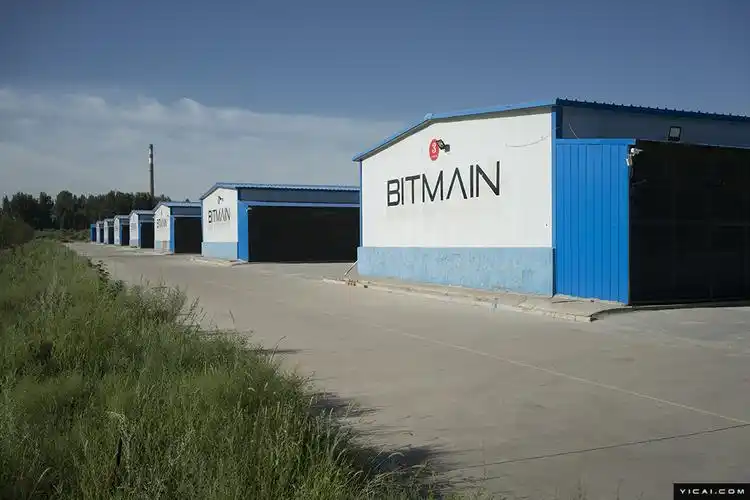In the ever-evolving world of cryptocurrency mining, efficiency and sustainability are no longer optional; they’re paramount. The allure of digital gold – Bitcoin, Ethereum, Dogecoin, and a plethora of other cryptocurrencies – draws investors and tech enthusiasts alike. But the energy-intensive process of mining these digital assets demands a pragmatic approach, driving the demand for cost-effective and, crucially, sustainable mining hosting solutions. Why is choosing such a provider the intelligent move in today’s crypto landscape? Let’s delve into the compelling reasons.

First and foremost is the reduction of operational costs. Individual miners often grapple with exorbitant electricity bills, fluctuating hardware prices, and the constant need for technical expertise. Sustainable mining hosting tackles these challenges head-on. By leveraging economies of scale, these facilities secure competitive electricity rates, often from renewable sources. This translates to significantly lower operational expenditure, making mining more accessible and profitable, even for smaller players. Moreover, the burden of hardware maintenance and upgrades shifts to the hosting provider, freeing up miners to focus on strategic decision-making and maximizing their returns on investment. Mining rig optimization is key to profitability.
Environmental responsibility is another key driver. The early days of crypto mining were characterized by a heavy reliance on fossil fuels, raising concerns about the industry’s carbon footprint. Sustainable hosting providers are actively addressing this issue by sourcing renewable energy, such as solar, wind, and hydro power. By opting for these eco-conscious facilities, miners can significantly reduce their environmental impact, aligning their operations with global sustainability goals. This not only makes ethical sense but also enhances their public image, attracting environmentally conscious investors and consumers.
Enhanced security and infrastructure are also critical. Reputable mining hosting providers invest heavily in state-of-the-art security systems, including physical surveillance, access control, and robust cybersecurity measures. This protects miners’ hardware and data from theft, damage, and cyberattacks. Furthermore, these facilities boast advanced cooling systems, power redundancy, and high-bandwidth internet connectivity, ensuring optimal operating conditions for mining rigs and minimizing downtime. Such robust infrastructure is simply unattainable for most individual miners.
Scalability and flexibility are essential in the dynamic crypto market. Sustainable mining hosting offers miners the ability to scale their operations up or down as needed, without the hassle of acquiring and managing additional hardware or infrastructure. This flexibility is particularly valuable in response to fluctuating cryptocurrency prices and changing mining difficulty. Whether expanding to capitalize on a market surge or downsizing to mitigate losses during a downturn, hosted mining provides the agility required to thrive in this volatile environment.
Access to expert technical support is invaluable. Maintaining and troubleshooting sophisticated mining equipment can be complex and time-consuming. Sustainable hosting providers offer round-the-clock technical support from experienced professionals. This ensures that any issues are resolved promptly, minimizing downtime and maximizing mining efficiency. This level of support is often unavailable or prohibitively expensive for individual miners.

Geographic diversification mitigates risk. Hosting facilities are often located in regions with favorable climate conditions and access to affordable renewable energy. By diversifying their mining operations across multiple locations, miners can reduce their exposure to regional disruptions, such as power outages or regulatory changes. This strategic approach enhances the resilience of their mining operations and protects their investments.
Improved transparency and accountability are additional benefits. Reputable mining hosting providers offer transparent pricing, detailed performance reports, and regular audits. This allows miners to track their operational costs, monitor their mining efficiency, and ensure that they are receiving the services they are paying for. This level of transparency fosters trust and accountability, building long-term relationships between miners and hosting providers.
In conclusion, choosing a cost-effective and sustainable mining hosting provider is a strategic decision that offers numerous advantages. From reduced operational costs and environmental responsibility to enhanced security, scalability, and expert support, hosted mining provides a compelling alternative to individual mining operations. As the cryptocurrency industry continues to mature, sustainable mining hosting is poised to play an increasingly important role in ensuring the long-term viability and environmental integrity of the digital asset ecosystem. Embracing this approach is not just about profitability; it’s about building a more responsible and sustainable future for crypto mining.





















